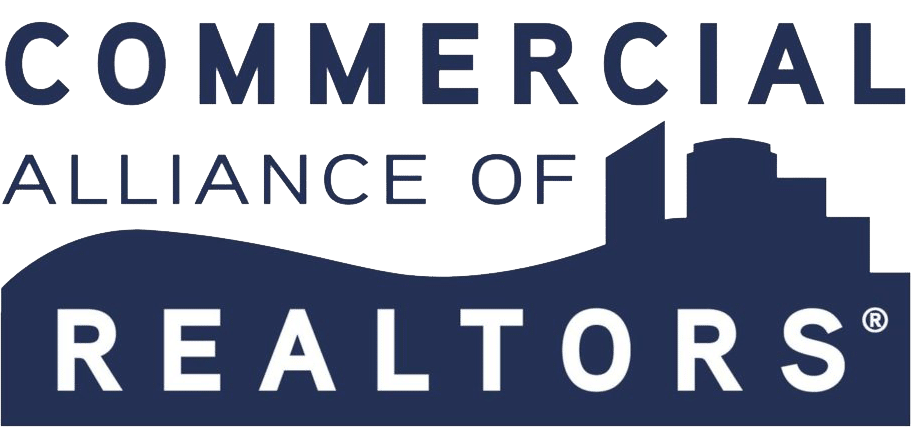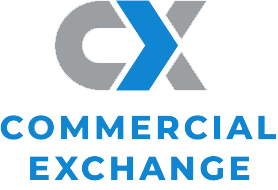Sale-Leaseback Expertise throughout the Great Lakes States
Investment Services
Why use a real estate sale-leaseback transaction? Simply, different Investors have different risk and return expectations and as a result one is likely to pay more for a property than the other. A sale-leaseback transaction leverages dormant equity in a building for a business owner to utilize for a much higher return in his operating business.
It is designed to accomplish a variety of objectives, such as financing the sale of a business, planning for retirement or estate planning.
What Does a Sale-Leaseback Include?
A sale-leaseback transaction allows a property owner/occupant to use cash now, to invest in a growing business and let the business pay the money back in the form of lease payments over the years of the lease. The owner/occupant can unlock the equity in their owned commercial real estate assets without losing control.
What Does a Sale-Leaseback Include?

Owner/occupant (the seller) signs a new long-term lease when Blue Rock’s expert has identified an unrelated qualified investor (the buyer) to acquire the commercial real estate.

Upon closing, owner/occupant (the seller) receives the sale proceeds and no longer pays a mortgage but becomes a rent-paying tenant.

Investor (the buyer) becomes the landlord with all the responsibilities, obligations and rights stipulated in the lease agreement.
To further protect the owner/occupant’s (now the tenant’s) interest, sale-leaseback contracts may include an option to renew the lease for a longer term or in some cases the contract will include a repurchase option for owner/occupant (now the tenant) to repurchase the property.
Real Estate Sale-Leaseback Pro And Cons
It offers many unique advantages to the seller. However, it also includes disadvantages that are important to consider when making decisions.
Benefits For The Seller
The most notable benefits of a real estate sale-leaseback for the seller is the conversion of dormant real estate equity into cash proceeds. The seller maintains control of the property, while receiving a cash infusion. This new capital can be more efficiently invested in operating and growing the seller’s business. Sellers may use the cash to fund an expansion or acquisition. In general, the seller will benefit from investing the new capital in any business endeavor which has a higher return than that of the commercial real estate asset. Additionally, a business owner that also owns and occupies commercial real estate and is considering selling the business will not want the commercial real estate asset to be an ‘anchor’. On occasion during merger and acquisition (M&A) discussions, a prospective business buyer will discount the value of the owned real estate, netting the seller less only because the real estate is owned and not leased.
Disadvantages For The Seller
Presented with the many benefits a real estate sale-leaseback can offer the seller, you may be ready to make the jump. However, it is important to consider the potential disadvantages. Depending upon sale-leaseback terms and then-current conventional mortgage financing rates, the costs associated with a real estate sale-leaseback can be higher than conventional mortgage financing. Additionally, the seller, now the tenant, will be committed to the current commercial real estate facility for the entire lease term unless the seller (now the tenant) has the right to sublease the property (which is common) or has a lease termination option. Lastly, the seller in a real estate sale-leaseback transaction, is legally bound by the lease terms without the flexibility offered to the owner/occupant. If the buyer later sells the asset, the lease will remain in full force and effect but the seller will not control who owns the property in the future.
Commercial Real Estate Professionals
There are numerous factors to consider, from day-to-day operational responsibilities and business growth expectations to alternative financing options and potential tax liability. Our real estate sale-leaseback experts can help you determine if a sale-leaseback transaction makes sense for your organization.
Member of the following groups or trade organizations:

CAR WM - Commercial Alliance of Realtors. Michigan's largest board of Commercial Realtors.

Loopnet - more than 11 million monthly unique visitors, and 10x the traffic of the closest competitor.

CREXI - nearly 2 million buyers, brokers, and tenants each month to explore over $2 trillion of property value nationwide.

Moody’s Analytics Commercial Real Estate.

CoStar - curate and certify more than $1.5 trillion in transactions every year.

CPIX—A national commercial property exchange.


